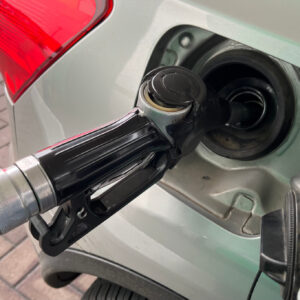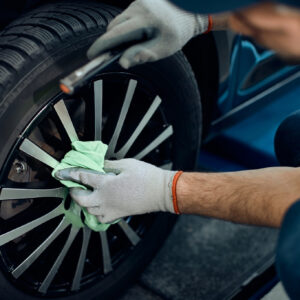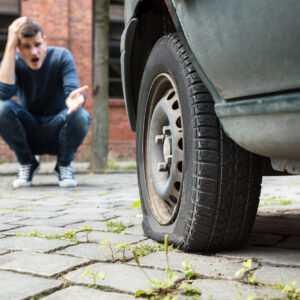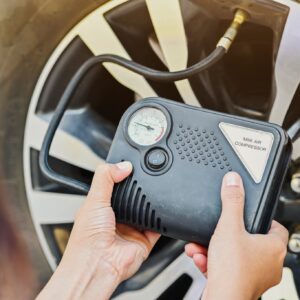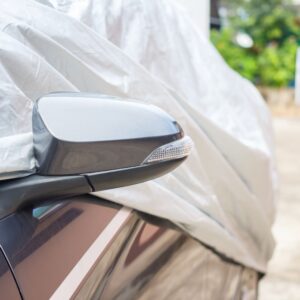Tire blowouts are extremely dangerous because they may cause you to lose control of your vehicle. The National Highway Traffic Safety Administration (NHTSA) estimates that tire failure causes 11,000 vehicle accidents every year. In 2022, tire-related crashes caused 562 deaths.
Furthermore, in a study involving 5,470 car crashes over a two and a half year period, the National Motor Vehicle Crash Causation Survey found that 9% were caused by tire problems. While 9% might not seem like a lot, it is still a big deal since tire-related crashes are scarier because they can seem completely random. Most people caught in a tire blowout likely crash because they’re caught by surprise and lose control.
However, tire blowouts aren’t random. Most blowouts are caused by a wide range of factors, including tire pressure, remaining tread life, existing tire damage, and added cargo weight.
May to October is usually called blowout season because more tire blowouts seemingly occur during these months.

Why Are Blowouts More Common In the Summer?
Tire rubber is incredibly durable, but it does start to deteriorate at about 200 degrees Fahrenheit.
That said, high temperatures aren’t the main reason why tires blow out more frequently during the summer. The main cause of tire blowouts is underinflation. When a tire is underinflated, the sidewall flexes more and creates more heat. The tire also has a larger surface area making contact with the road, which results in more friction and even higher tire temperatures. Asphalt’s dark color also means it absorbs more sunlight, making the tarmac quite hot. On a 90-degree day, asphalt can reach 150 degrees. All of these factors combined can result in a tire’s catastrophic failure, or what we call a blowout.
Preventing Blowouts During Summer
A tire that’s inflated at 25% less air pressure than recommended is going to be at risk of a sidewall blowout. This is why it’s important to keep an eye on your tire pressures or make sure your tire pressure monitoring system (TPMS) is working properly. Unfortunately, only 42% of drivers regularly check their tire pressure and just 58% could correctly identify a TPMS warning light on their dashboards.
Preventing blowouts, especially during the summer, can be as simple as properly inflating your vehicle’s tires.
Where to Get New Tires for Your Vehicle
Don’t wait to get into an accident before you change your mind about replacing worn-out tires. Tire blowouts are much more common than you think, and they usually end in severe crashes.
Keep yourself and your passengers safe by staying up to date with your vehicle’s tire maintenance schedule. Replacing tires shouldn’t be a hassle, especially when you buy from CarParts.com.
Simply enter your vehicle’s year, make, and model into our vehicle selector to start browsing our catalog of compatible tires for your ride. You can also use the search filters to refine the results according to your preferences.
Thanks to our strategically located warehouses across the US, we can deliver the parts you need straight to your doorstep in as fast as two business days.
Never worry about going over budget when you shop from us. All our products come with a low-price guarantee, helping you get the best value for your money.
Stay safe while on the road by replacing your old tires as soon as they show signs of trouble. Shop with CarParts.com today, and take advantage of our unbeatable deals!
Any information provided on this Website is for informational purposes only and is not intended to replace consultation with a professional mechanic. The accuracy and timeliness of the information may change from the time of publication.



